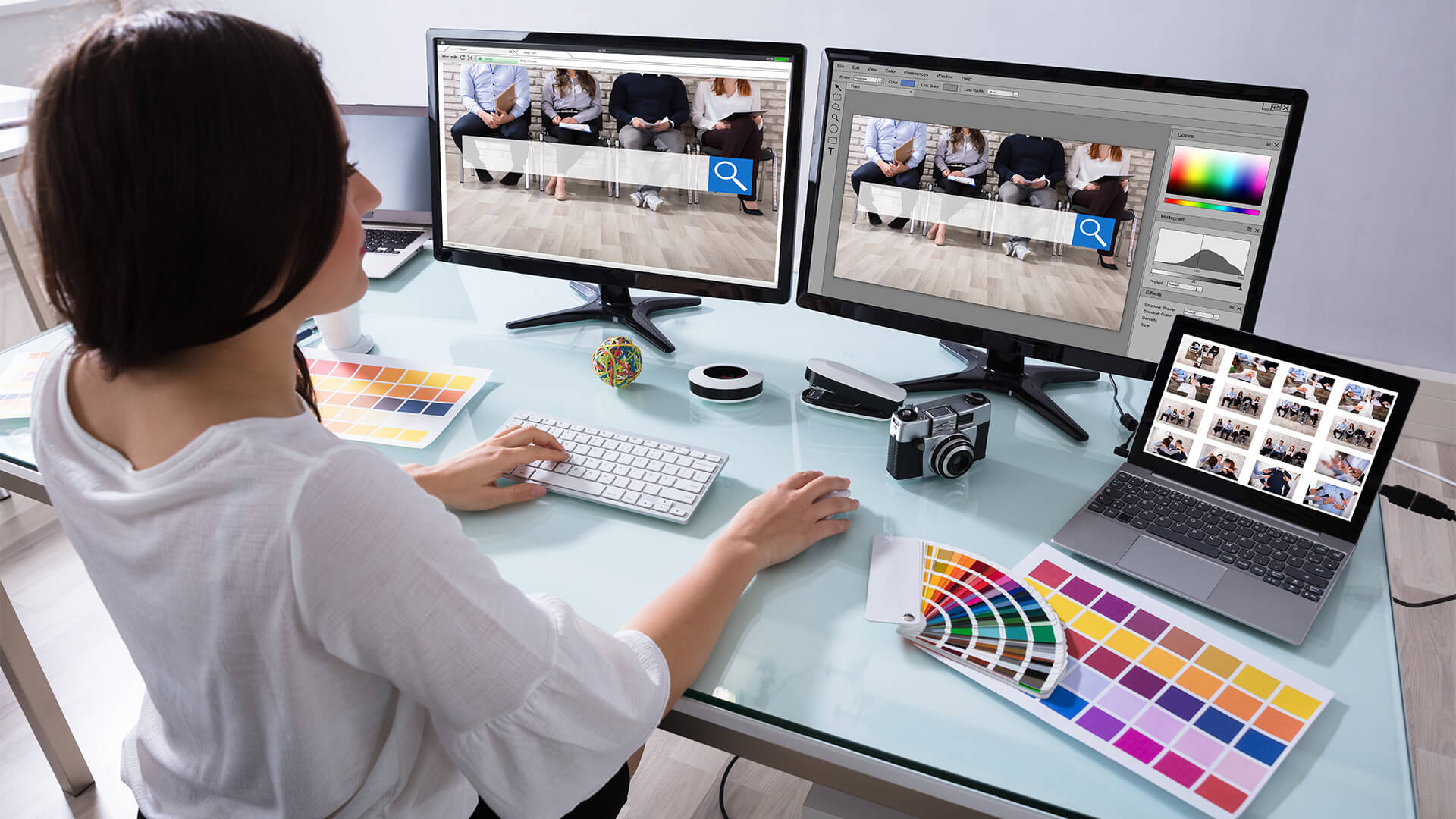
Your website is often the first point of contact between your business and potential customers. In today's digital age, having a well-designed website is crucial for attracting and retaining customers. By incorporating the latest trends in website design, you can elevate your online presence and stand out from the competition. Let's explore some of the top trends in website design that can help you create a visually appealing and user-friendly website.
1. Minimalistic Design
Minimalistic design has been a popular trend in website design for several years now, and it continues to gain momentum. This design approach focuses on simplicity, using clean lines, ample white space, and limited color palettes to create a sleek and modern look. Some key elements of minimalistic design include:
- Simple and intuitive navigation
- Clean and uncluttered layouts
- Focus on typography and hierarchy
- High-quality images with plenty of breathing room
2. Mobile-First Design
With the majority of internet users now accessing websites on mobile devices, having a mobile-first design is essential. This approach involves designing your website for mobile devices first, then scaling up to larger screens. By prioritizing mobile responsiveness, you can ensure that your website looks great and functions seamlessly on all devices. Key elements of mobile-first design include:
- Responsive design that adapts to different screen sizes
- Fast loading times for mobile users
- Thumb-friendly navigation for easy mobile browsing
- Optimized images and content for mobile viewing
3. Interactive Elements
Adding interactive elements to your website can engage users and create a more immersive experience. From animations and scrolling effects to hover animations and interactive forms, there are many ways to make your website more dynamic and engaging. Some popular interactive elements to consider include:
- Parallax scrolling for a 3D effect
- Hover effects for image galleries and buttons
- Video backgrounds for visual impact
- Interactive maps and infographics
4. Dark Mode
Dark mode has become increasingly popular in recent years, with many websites offering a dark color scheme option for users. Dark mode can reduce eye strain, improve visibility in low-light environments, and create a sleek and modern aesthetic. Implementing dark mode on your website can help provide users with a more comfortable browsing experience. Consider incorporating dark mode with the following elements:
- Toggle switch for users to switch between light and dark modes
- High contrast text for readability in dark mode
- Dark backgrounds with vibrant accent colors
- Consistent design across light and dark modes
5. Accessibility and Inclusivity
Designing your website with accessibility and inclusivity in mind is not only a best practice but also a legal requirement in many countries. By making your website accessible to all users, you can reach a wider audience and provide a better user experience for everyone. Some key considerations for improving accessibility on your website include:
- Alt text for images and videos
- Clear and easy-to-read text
- Keyboard navigation for users with disabilities
- Color contrast for readability
